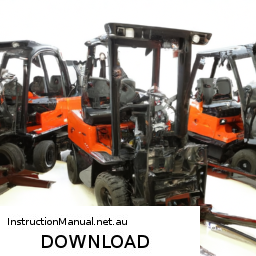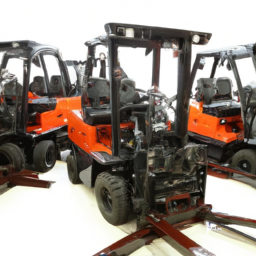
### Suspension Crossmember Repair for Case Skid Steer Loaders If you own or work with a Case Skid Steer Loader (models SR130, SR150, SR175, SR200, SR220, SR250, SV185, SV250, SV300, TR270, TR320, TV380), you may eventually need to repair the suspension crossmember. click here for more details on the download manual…..
- CASE Alpha series skid and CTL control settings (how to change and adjust)
### Suspension Crossmember Repair for Case Skid Steer Loaders
If you own or work with a Case Skid Steer Loader (models SR130, SR150, SR175, SR200, SR220, SR250, SV185, SV250, SV300, TR270, TR320, TV380), you may eventually need to repair the suspension crossmember. This component is crucial as it helps support the machine’s weight and stability. Here’s a simple guide to help you understand the process.
#### Tools and Materials Needed
1. **Basic Tools:**
– Socket set (metric and standard)
– Wrenches
– Screwdrivers
– Pliers
– Hammer
– Pry bar
2. **Safety Gear:**
– Safety glasses
– Gloves
– Steel-toed boots
3. **Replacement Parts:**
– New crossmember (if damaged)
– Bolts, nuts, or any other fasteners that may need replacing
4. **Other Materials:**
– Lubricant or anti-seize compound
– Cleaning cloths
#### Step-by-Step Process
1. **Safety First:**
– Ensure the skid steer is parked on a flat, stable surface.
– Turn off the engine and remove the key.
– Engage the parking brake.
2. **Raise the Machine:**
– Use a hydraulic jack or lift (if available) to elevate the machine slightly.
– Support it securely with jack stands to prevent any accidents.
3. **Remove the Old Crossmember:**
– Locate the suspension crossmember. It’s usually situated near the front or rear of the machine, depending on the model.
– Use a socket or wrench to remove the bolts securing the crossmember.
– If the crossmember is stuck, gently tap it with a hammer or use a pry bar to loosen it.
4. **Inspect Surrounding Components:**
– Before installing the new crossmember, check the surrounding parts (like bushings, mounts, and other suspension components) for wear or damage. Replace any that are worn out.
5. **Install the New Crossmember:**
– Position the new crossmember in place. You might need an extra set of hands for this step.
– Align the holes and insert the bolts to secure it. Don’t tighten them fully just yet; just get them snug.
6. **Tighten the Bolts:**
– Once the crossmember is in place and all bolts are inserted, use your socket set to tighten the bolts securely. Make sure to tighten them in a crisscross pattern to evenly distribute the pressure.
7. **Lower the Machine:**
– Carefully remove the jack stands and lower the machine back to the ground.
8. **Final Checks:**
– Go back through and double-check that all bolts are tightened and that everything looks secure.
and double-check that all bolts are tightened and that everything looks secure.
– Wipe down any excess lubricant and clean up your work area.
9. **Test the Machine:**
– start the skid steer and take it for a short test run to ensure everything is functioning properly.
#### Tips for Success
– always refer to the owner’s manual for specific instructions related to your model.
– If you’re unsure about any step, consult with a professional mechanic or technician.
– Take your time; rushing can lead to mistakes or accidents.
By following these steps, you should be able to repair the suspension crossmember on your Case skid steer loader. Remember, safety is the top priority, so always take the necessary precautions.
The drag link is a crucial component in the steering system of a vehicle, primarily found in older and some modern vehicles with a solid axle suspension setup, such as trucks and SUVs. Its primary function is to connect the steering gear or steering box to the steering knuckle, facilitating the transfer of motion from the driver’s steering input to the wheels. This component plays a pivotal role in ensuring precise steering control and stability during vehicle operation.
Typically constructed from durable materials like steel or high-strength alloys, the drag link is designed to withstand the forces and stresses encountered during driving. It often features a series of joints, including tie rod ends, which allow for the necessary range of motion while maintaining a secure connection. The drag link works in conjunction with other components of the steering system, such as the pitman arm and idler arm, to create a coordinated movement that translates the rotational motion of the steering wheel into lateral movement of the wheels.
Proper maintenance of the drag link is essential for optimal vehicle handling and safety. Over time, wear and tear can lead to play or looseness in the system, resulting in poor steering response and compromised vehicle stability. Regular inspections and timely replacements are necessary to ensure that the drag link and the overall steering system function effectively, providing a safe and responsive driving experience.